Slow yet rewarding
Published on June 23rd, 2010 by Rodney
Last week, we spent several days fishing around Merritt for rainbow and brook trout. The Thompson-Nicola region offers what some may consider as world class lake fly fisheries for these species. The Freshwater Fisheries Society of BC releases fish when they are yearlings each year and due to the abundance of food source in these lakes, their weight usually reaches several pounds after a couple of years. Several strains of rainbow trout can be found in different lakes. The streamline body shape of Pennasks and Blackwaters allows them to perform multiple high jumps, while Fraser Valleys always use their broad body to perform furious deep dives.
Our visit was a bit late, these fisheries typically start in early May and taper off in mid June as the weather warms up. This spring’s unpredictable weather has kept fair weather fishermen such as myself at home while stillwater fanatics such as my friend Carlo were out getting their double digits as usual.
Our first two days were rather unsuccessful. The wind was howling, rain clouds were passing through at times and the cooler temperature was keeping anything from hatching. Adding my inexperience on top of these challenges, we brought no fish to the boat and had to settle with a couple of light bites. Being her first trip to the Interior Lakes, Nina remarked, “So far this does not impress me.”
On a more positive note, the wildlife along the lakeshore in this area is always very impressive. Being able to submerge in the sounds of many different song birds while we awaited for a tug on the line is a delightful contrast to the fast paced lifestyle in Vancouver.
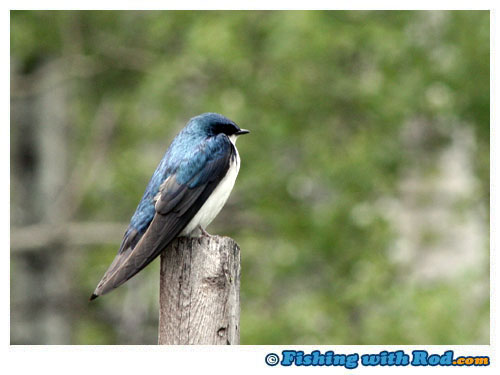
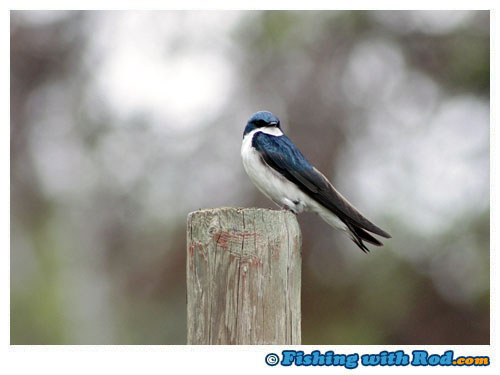
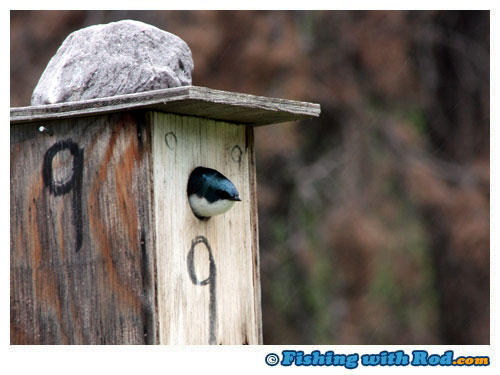
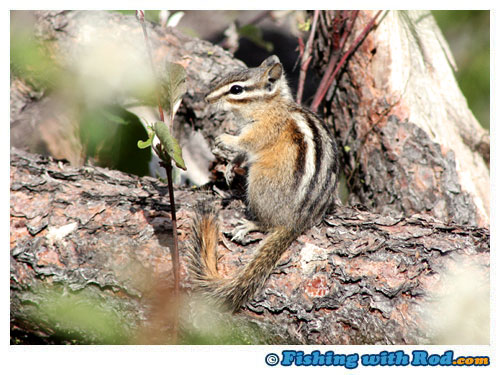
Sensing that we were in trouble, I had to call for help. That evening I chatted with Nick Basok from Chilliwack Dart and Tackle to see if he had other suggestions. A former hatchery staff at the Freshwater Fisheries Society of BC and an experienced angler, Nick has decades of knowledge on salmonid fisheries across this province so his advices are very valuable. I was excited to find out that he was making a day trip to where we were. The next morning, we finally woke up to sunshine. We met up at the chosen lake at 8:30am, which was still somewhat early because hatches do not usually happen until later. This is what I like about lake fishing, early birds don’t necessarily get the fattest worms.
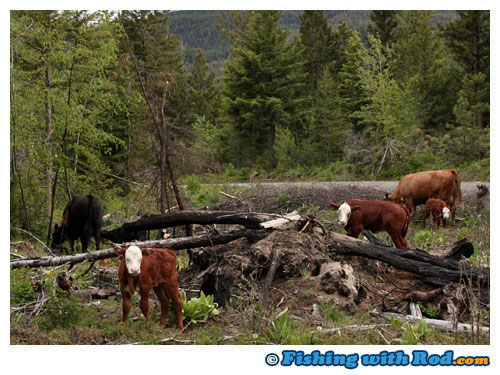
We arrived at the lake after a short drive through some rough trails, which always makes the trip more interesting. The lake setting was breathtaking. One could not ask for more than glassy lake water, green field and blue sky. During my last visit to this lake, I had to settle with one fish while watching Nick boating two dozen rainbows, so I was determined to do better this time.
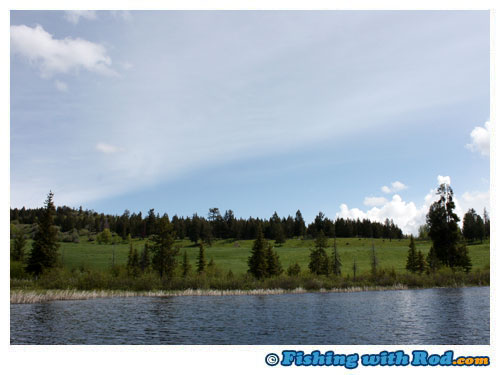
Nick explained that the action does not really start until 11:00am, when sedges emerge on the surface. He gave me a few dry flies and told us to try one out once we see some feeding action on the surface.
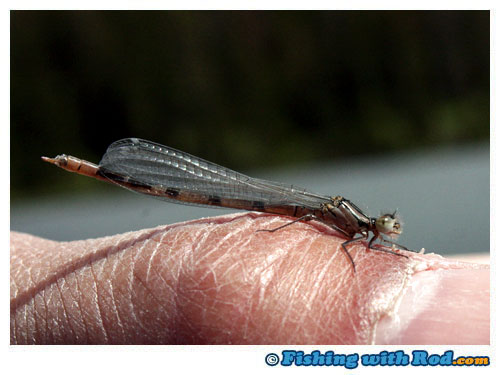
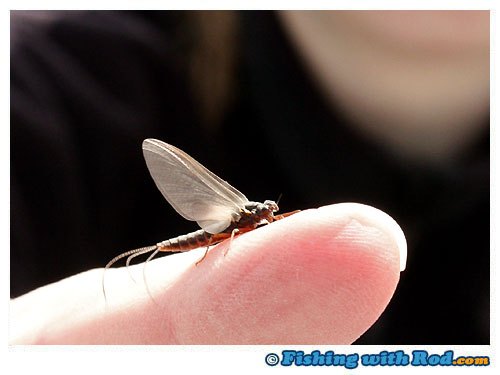
We began fishing by using a leech pattern and blood worm under the indicators, but that was unsuccessful. After one hour of waiting, a few fish started rising around us. Nina decided to cast a spoon out with her spinning rod while I vowed to stick with fly fishing. It took no time before she felt a light tap, perhaps a small fish it was. On the following cast, she received another strike but it was no small fish. Once she set the hook, her arms were bent from one side of the body to the other as the fish bolted. The drag screamed while this fish displayed the typical strength that Pennask rainbow trout possess. It never jumped, but it circled under the boat, refusing to come up to the surface. Nina kept the rod high and away from the boat, doing her best to keep the fish away from the anchor ropes. Eventually the fish was tired and slipped into the landing net without much trouble. You can see the video of her first Interior rainbow trout on this page.
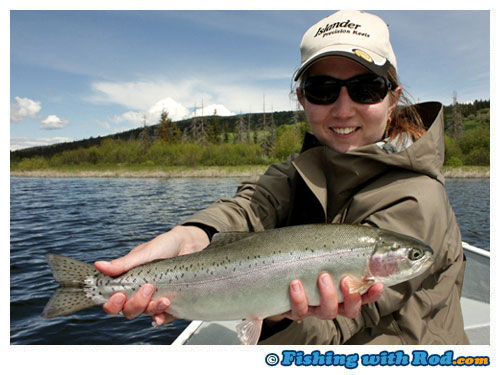
Nina did not end at her first. She proceeded to catch another and lost one more bigger fish that spat the hook while it jumped several times. All these hook-ups were making me anxious, I suggested that we should make a move to where more fish were seemingly feeding on the surface.
I found myself surrounded by feeding fish once we anchored at the new spot. At one point, I could clearly see a large rainbow trout slurping down a sedge in slow motion. I casted the dry fly that Nick had given me and slowly stripped the line to create the same skating motion on the surface.
It took about ten minutes before I finally tricked one. While being distracted by nearby rising fish and having my head turned away from my fly, I heard a splash behind me and my instinct made me instantly pulling up the rod at lightning speed. The kicks in the rod are very welcoming after so many fishless hours. My next challenge was to keep this fish away from two loons that were circling around the boat. At one point, the fish certainly took a fast dive. I was not sure if it had been captured by a loon or was simply using all its strength to swim away from it.
Eventually it managed to survive through all the chaos. I kept it in the net while it regained its strength in the water so it would not be chased down by loons when it swam away. After the first fish, two more fell for the same trick. The second, which was a much smaller fish, was not as lucky. One loon took advantage of its size and gulped it down after it was released.
Just when we thought the fishing was going to be fast and furious for the rest of the day, the feeding stopped. For the rest of the trip, we could not entice anymore fish despite of trying every technique. Nick also experienced the same. Beside catching the same amount during the short window of opportunities around Noon, he also came up empty handed. “Slow fishing.”, he said. If the expert was having difficulties, then I could not feel bad about the poor fishing.
Although this four-day trip only produced several fish, it was still a learn experience. one can only hope the frustration will be rewarded in future trips now that I have gained some more knowledge. It would have been nicer to fool a few fish with the chironomids that I had tied, but catching them on dries at a lake is an exciting first that I will not soon forget.
